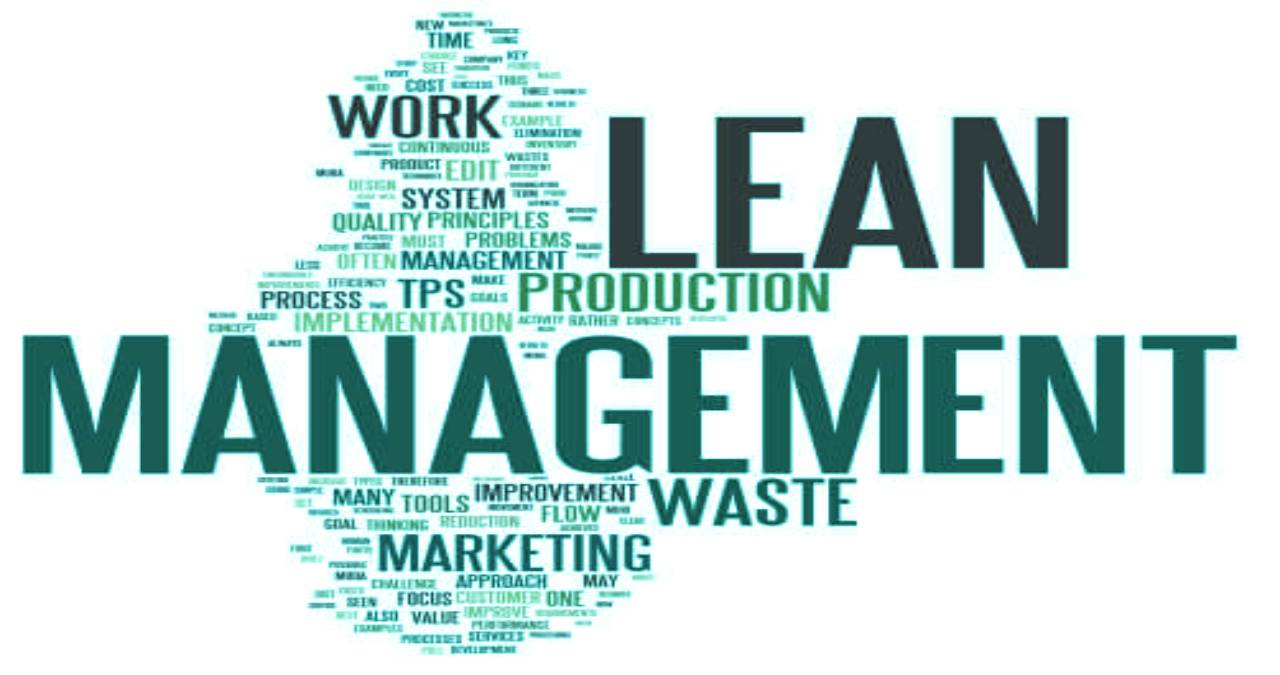Lean has revolutionized how management principles are applied to different types of organizations. Lean principles are heavily borrowed from the manufacturing sector with their main aim being to encourage consistent improvement, minimize waste, and use both of these as ways to improve efficiency, increase profits, and enhance customer satisfaction. Because of the many benefits Lean principles afford different types of organizations, they have been adopted as the standard for businesses that want to streamline the processes. This has led to an explosion in their popularity.
Lean management, when applied as it was originally intended, encourages companies to make the best use of their most valuable assets; time, money, and people. We are going to look at what Lean management entails and how Lean principles can be used to help organizations scale higher.
Table of Contents
Understanding Lean Management
Although the term “Lean management” sometimes takes slightly different meanings depending on the context and type of industry it is being used in, there is a simple concept that anchors every Lean principle. The Lean Enterprise Institute says that Lean principles should be applied in such a way as to “maximize customer value while minimizing waste”. In essence, Lean management is all about creating as much value for your customers as possible using as few resources as possible. Doing it right gives businesses two distinct but interconnected benefits.
First, delivering as much value as possible leads to better customer satisfaction which has the knock-on effect of leading to higher sales and profits. Second, using and wasting as little resources as possible when providing this value means the organization is much more efficient and profitable.
In many ways, Lean management also encourages continuous improvement. Continuous improvement allows organizations to keep moving towards their goals without having to amend entire systems and approaches.
Where Can Lean Management Be Applied?
The reason why Lean management and its principles have skyrocketed in popularity is that it can be used in almost any industry. They can also be shaped and customized to fit edge-cases and scenarios where it seems unlikely that they could apply. One of the most fascinating areas in which Lean principles have been used is in the nonprofit world. Even though the aim of these organizations is not to make money, they still find ways to apply Lean principles in the way they operate. You can click here to learn more about how Lean principles are being applied in non-profits and other institutions.
What Are the Advantages of Using the Lean Methodology?
As touched upon above, Lean affords different types of businesses several benefits. These include:
● It allows for better resource usage – Lean thinking allows businesses to operate using real-life data and demand instead of operating on estimates, which means the resources required are used prudently to achieve what the company wants.
● It improves efficiency by eliminating waste.
● It allows employees and team members to focus on the activities that bring the highest value, thereby helping increase productivity.
The Principles of Lean
Understanding the principles of Lean lets managers who want to use them do so in ways that help create better manufacturing, production, and operating systems and principles.
Defining Value
To create value, a business has to understand what value is. Value is often set by customers and clients because value is how much someone or a third-party is willing to pay for goods and services. Creating value, therefore, gives customers a reason to engage with your business. A good example of creating value is in solving a customer’s problem. If your product or service does not do this for them, you are deemed to offer no value to them, and they will move on to another organization or business that does this for them.
Setting up Business Processes
Also called mapping value streams, this is where businesses use their understanding of their value to customers to create practices and procedures that deliver this value. This is also where businesses evaluate their processes to identify any that do not deliver any value. These processes, activities, and procedures are considered waste.
Developing Workflows
Once you understand which processes, activities, and procedures – also called flows – provide value and waste has been eliminated, it is time to develop continuous workflows. These flows bring together all the different pieces that are required in a production or delivery process and ensure they are tightly-integrated so they can work together. If these flows do not work together efficiently, wastage is introduced, which goes against the principles of Lean management. In this case, it is a wastage of time but in some cases, it can be wastage of other types of resources.
Developing a Pull System
A pull system is used to eliminate one of the biggest wastes in Lean management; inventory. A pull system uses actual demand in place of predictions and forecasts to ensure production goes hand in hand with demand. This is because if demand is ahead, customer satisfaction is affected negatively and if production is ahead, that could lead to wastage.
Using a pull system helps businesses produce products and deliver services when they are on demand. To ensure such a system works as optimally as possible, systems must be put in place to ensure there is very little time between a spike in demand and an increase in supply so that an equilibrium is maintained somewhat constantly.
Continuous Improvements and Integrations
Once all the above is done, it is time to look back and see where improvements can be made. By going back regularly and improving its processes, a business can continuously push towards perfecting how it operates. Efficiency and productivity are improved when continuous improvements are done regularly, which leads to improved products and better services, which in turn leads to increased customer satisfaction.
When all these principles are combined and used the way they ought to be, they provide a framework through which businesses can have sustained growth.
Understanding Waste in Lean Management
Lean principles, as discussed above, are used to improve how an organization is run, improve customer satisfaction, and improve efficiency while reducing waste. But what is waste in this context? Waste is anything that reduces the efficiency of Lean management practices. Waste is anything that could lead to a stall in the delivery process. The different types of waste in Lean include:
- Waiting – Time is one of the most valuable resources a business could have. Losing time anywhere on the manufacturing or delivery stage means something else will have to wait and this has a cascading effect on an organization’s practices. Waiting could stem from the late delivery of production inputs or waiting for an approval that is required for a process to continue down a pipeline.
- Transportation – Transportation can lead to bottlenecks in the delivery of goods, services, and information. When thinking about wastages in transportation, it is also important to think about transporting different forms of communication, such as emails because they play a crucial role in ensuring things keep moving smoothly.
- Defects – Defects include services, products, and inaccurate information that is missing or that does not provide any value to a customer.
- Overproduction – Overproduction can lead to a substantial amount of waste because in many cases, it involves producing more than you need. Overproduction leads to costs associated with storing inventory that is not moving as quickly as it should due to a mismatch between production and demand.
- Over-engineering – Over-engineering is where features are continuously added to a product instead of releasing a basic product that can be improved upon in time. Over-engineering happens a lot in software development where a team wants an app or software to have every feature imaginable not realizing that this leads to overproduction and time wastage with a diminishing ROI as the release is delayed.
- Inventory – Besides overproduction, not being able to move inventory can lead to wastage. Information stockpiling is another example of holding on to inventory that is no longer required.
- Underutilized talents – In trying to eliminate waste and increase efficiency and output, it is important that an organization makes use of all its employees’ talents and unique abilities. This involves making use of their experiences, skills, and abilities by ensuring employees or team members are best matched with the tasks and responsibilities they handle.
Using Software in Lean Management
For companies that need a huge shift in the way they work and operate, using software is an excellent way of streamlining the entire process. Software also provides one “source of truth” which is a single store of best practices and ideas that everybody in the organization should follow.
Software can also be used to monitor the performance of different departments, employees, and teams to identify areas where changes can be made and Lean principles can make a huge difference.
Lean principles are one of the best management techniques to come to the business world. They offer massive benefits to businesses that apply and the beauty is that they can be applied to any business and in any industry. Businesses can start by looking at their processes and procedures to discover areas where simple changes can lead to massive benefits and then integrate Lean principles to further improve efficiency, eliminate waste, and improve customer satisfaction.




